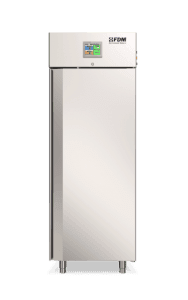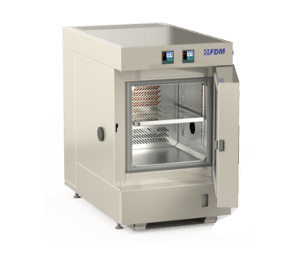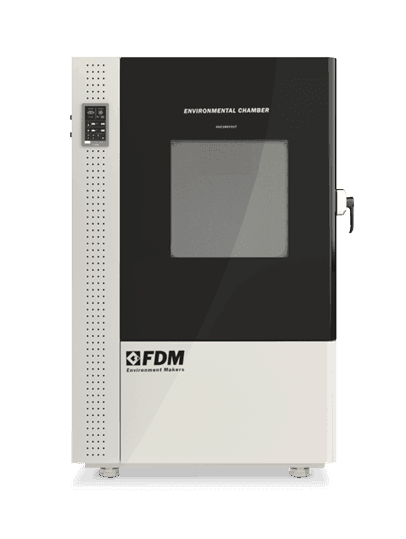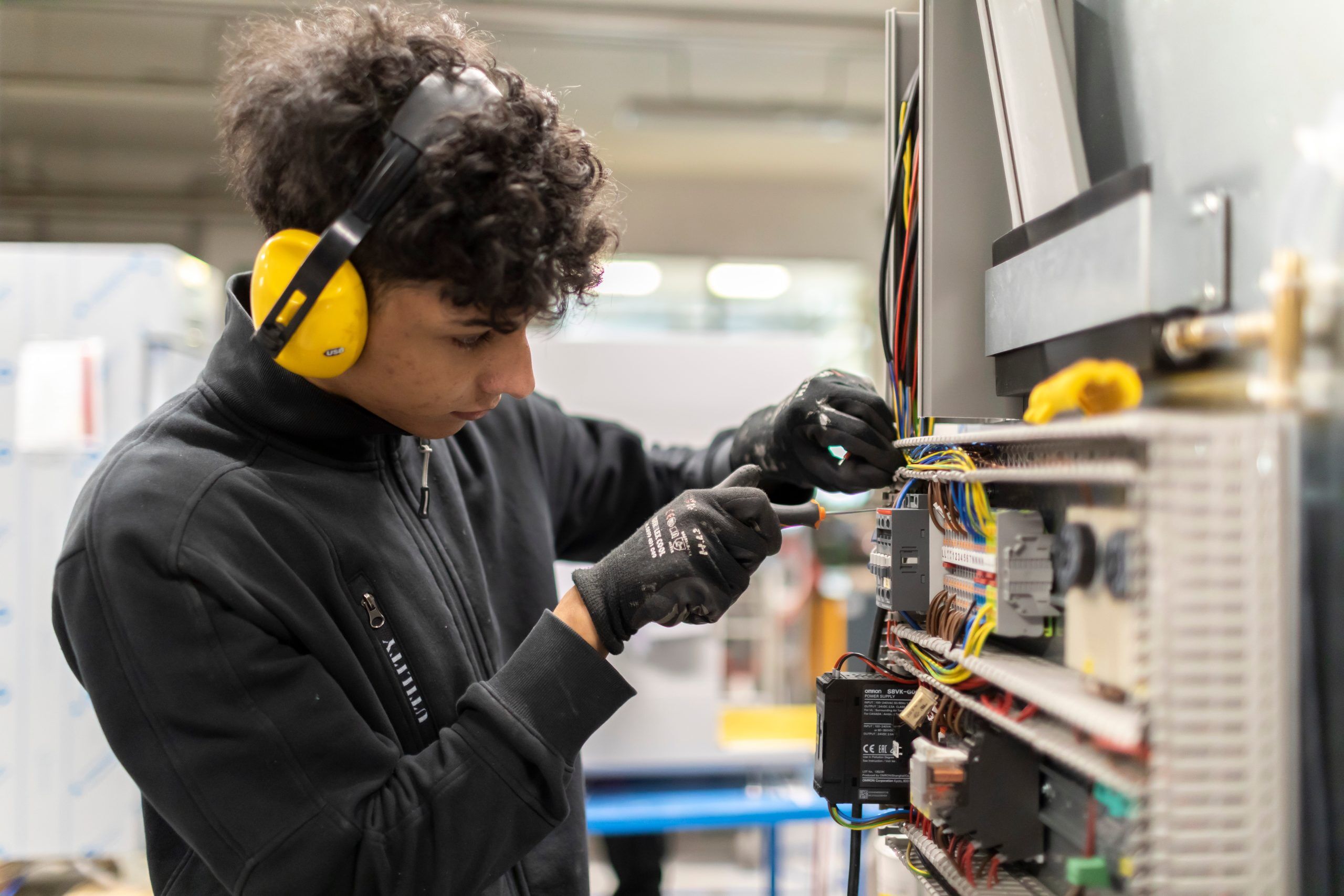
Introducing Environmental Chambers
An Environmental Chamber is an enclosed space where environmental conditions such as temperature and humidity can be controlled.
Some chambers can also simulate corrosion by introducing salt spray into the chamber.
The dimensions of these chambers may greatly vary according to the type of product that has to be tested.
The sizes range from 20 to 400,000 liters, which is big enough to test an entire truck!

What's a Climate Room for?
The main function of environmental testing chambers, is to test the behavior of the products we use every day, in extreme climatic conditions.
For example, a car that works very well in dry climates might not properly work in environments with high humidity.
Environmental chambers allow manufacturers to stress their products in a single environment.
An environmental chamber allows testing the product in both a continental type climate, with cold winters and hot summers, and a Mediterranean climate with higher temperatures.
Environmental chambers, if properly calibrated, generate reliable results that simulate the performances of the product in its real life cycle.
Perform
Climate Stress
Discover the new series of Climate Chambers for controlled climate testing
The disadvantages are that this is an energy-intensive process that can also affect the temperature inside the test chamber.
Ultrasonic humidifiers do not rely on heat to turn water into steam.
Water vapor is created by running water over a diaphragm that vibrates at ultrasonic frequencies.
The droplets coming out of this method are extremely thin and can evaporate quickly in the air in the test chamber.
The humidified air is then transferred to the test chamber. The system used in the FDM climatic test chambers is, in our opinion, the most efficient.
The main advantages of using ultrasound technology are:
- Better performances for humidity production
- Better energy efficiency
- Silent system during operation
- Cold working, that means no production of further heat
- Immediate production of humidity
Compact Climatic Chamber
Discover the new Compact Climatic Chamber
To ensure that product tests are accurate, manufacturers have to know how to calibrate a climate chamber.
If you are interested in knowing why it is so important to calibrate it, read this article.
The correct calibration of testing chambers is essential for reliable results.
The various test chambers have different calibration processes, depending on how the environmental chambers work and which sector the chamber is used in, so it is essential to contact the chamber manufacturer to find out which procedure is correct before starting the calibration process.
How does an Environmental Chamber Work?
The operating principle of the environmental chamber is that all conditions can be managed manually through a variety of mechanical processes.
Temperature is controlled by an electric heater to heat or a refrigeration unit to cool the chamber.
To simulate the corrosive effect of the sea, for example, researchers spray a salt solution through a nozzle inside the chamber, creating a fine mist covering the entire product.
The humidity in the test chamber can be simulated in two different ways: by evaporating the water with a heat source or with ultrasound technology.
<span style="font-weight: 400;"Water vapor is usually introduced into a test chamber via a steam generator that heats the water and creates steam. This vapor rises towards the top of the environmental chamber, where it is cooled again, increasing the total humidity in the test chamber. This method is useful because it can generate high humidity in big chambers, rather fast.
Perform
Extreme Testing
Discover the new series of Environmental Chambers for controlled climate testing
What Can be Tested in a Climatic Chamber
Potentially, a climatic chamber can test any type of product, since everything that can be marketed must first undergo climatic tests, in order to confirm the features that the manufacturer is expecting or simply to comply with official regulations from regulatory bodies.
The most common applications are:
- Aerospace, Defense and Telecommunications: sectors requiring "extreme" tests with temperatures far above or below zero, shocks and vibrations, given the use that will be made of the finished product.
- Air Force, Defense and Telecommunications: areas that involve, in most cases, "extreme" tests with very high temperatures. above or below zero, shocks, shocks and particular vibrations, given the use that will be made of the finished product.
- Food and drinks: to determine the shelf life of products, the expiration date and time of resistance of food in the optimal conditions in which it left the factory. It also applies to packaging and to the packaging/product contact.
- Chemical/Cosmetic/Pharmaceutical: another application whose regulations are particularly strict, given the direct involvement of human health: see our in-depth analysis on the pharmaceutical sector and the ICHstability testing
- Chemical/Cosmetic/Pharmaceutical: another area whose controls are particularly strict, given the direct involvement of human health: see our in-depth analysis. on the pharmaceutical sector and the ICH tests for the so-called stability test
- Building material: the buildings we live in are subjected to continuous and various types of stress, such as weathering. Building material can be affected a lot by these constant stresses. In this regard, see our insight on carbonation of concrete and climatic chamber for material testing.
- Construction materials: the buildings we live in are subject to continuous stress of various kinds, such as weathering. Building materials can suffer greatly from these constant reminders. See our insight on carbonation of concrete e climatic chamber for material testing
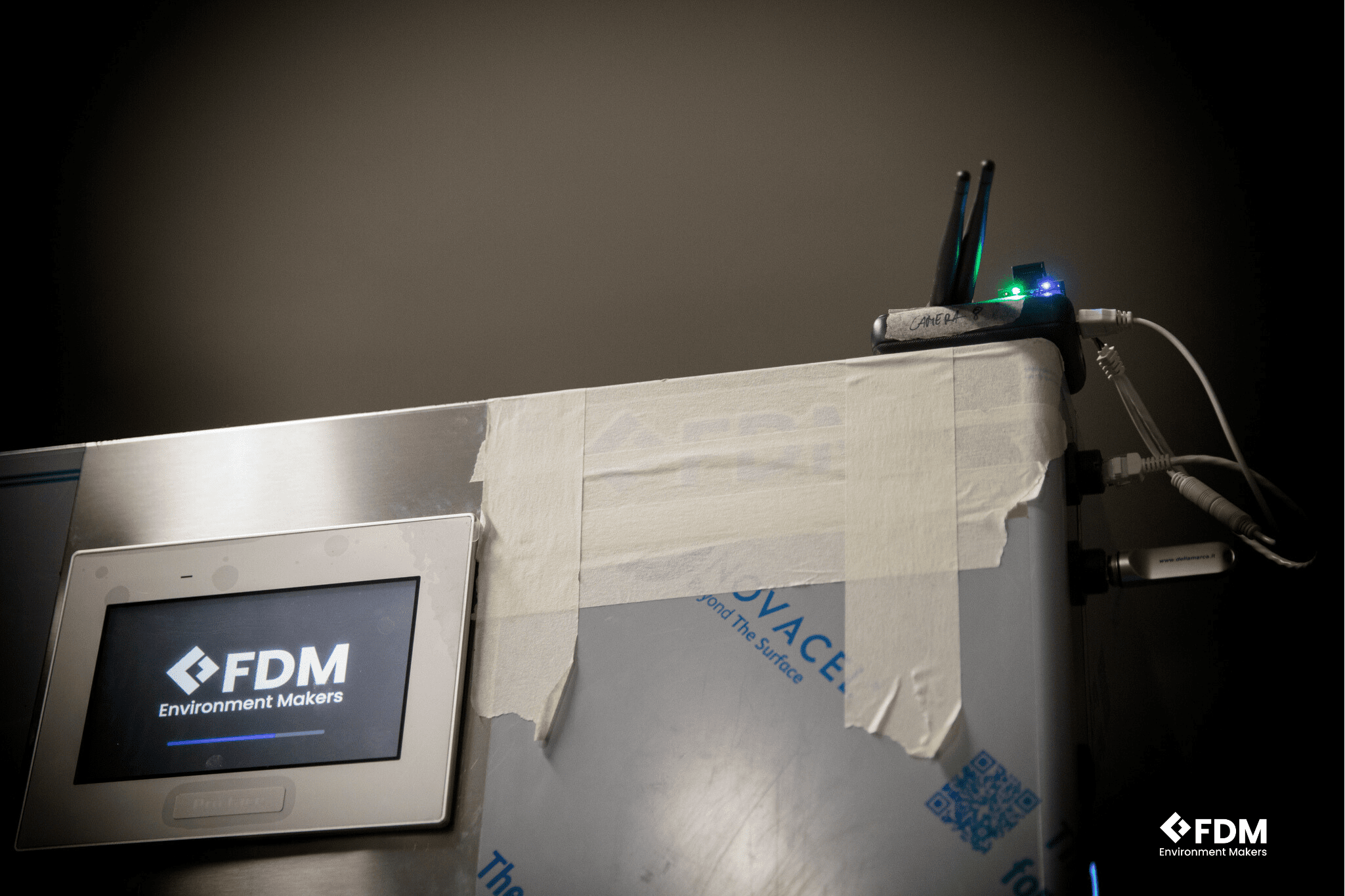
The FDM Climatic Chamber
FDM Environment Makers has been designing climate chambers for over 70 years.
Taking advantage of the best technologies, including the stillFACE controller and the revoFACE programmer for dynamic tests, our climatic chambers can perform all climatic tests in accordance with international standards, with precision and reliability.
Furthermore, our technicians are always available to meet the specific needs of each customer and together design customized climatic chambers that meet your needs.
For further doubts and questions, please do not hesitate to contact us.
Contact us to receive more information about FDM Climatic Chambers
Write your test needs!


